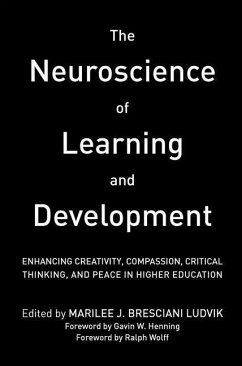
Developing Effective Student Peer Mentoring Programs
A Practitioner's Guide to Program Design, Delivery, Evaluation, and Training
At a time when college completion is a major issue, and there is particular concern about the retention of underserved student populations, peer mentoring programmes offer one solution to promoting student success. This is a comprehensive resource for creating, refining and sustaining effective student peer mentoring programmes.















